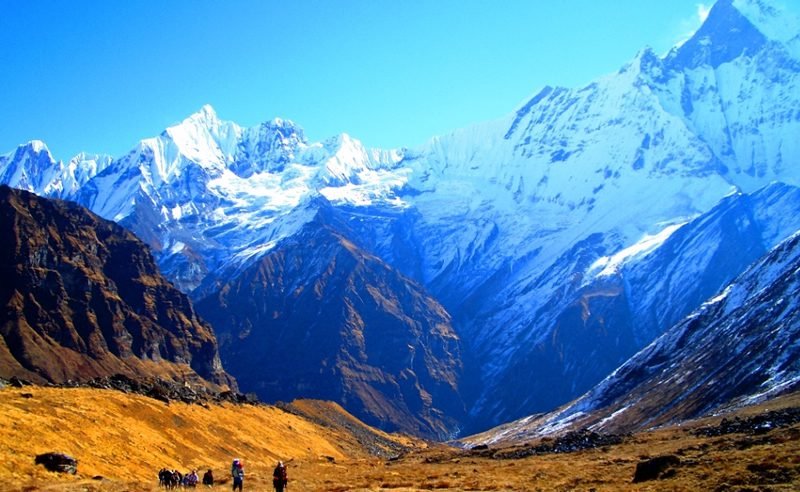Nestled in the heart of the Himalayas, the Druk Path Trek is one of Bhutan’s most cherished hiking routes, offering trekkers an enchanting journey through breathtaking landscapes and ancient cultural landmarks. This trek, which connects the towns of Paro and Thimphu, is a perfect blend of natural beauty and historical significance, providing an unforgettable adventure for those seeking both challenge and serenity in the Land of the Thunder Dragon.
A Brief History of the Druk Path Trek
The Druk Path Trek holds a special place in Bhutanese history. The trail was historically a significant route for monks and traders traveling between Paro and Thimphu. Dotted with ancient dzongs (fortresses) and monasteries, the path offers a glimpse into Bhutan’s rich cultural and religious heritage. Along the way, trekkers can explore the ruins of the Jele Dzong, an 8th-century fortress that stands as a testament to Bhutan’s storied past. The trek also takes you past the serene Jimilang Tsho and Simkotra Tsho, two high-altitude lakes revered for their stunning beauty and mythical lore.
How to Reach the Druk Path Trek
Getting to the Druk Path Trek is relatively straightforward. Most travelers start their journey by flying into Paro International Airport, the sole international airport in Bhutan. Paro is well-connected with major cities such as Bangkok, Delhi, and Kathmandu. From Paro, the trek typically begins with a hike to Jele Dzong, which is a short drive from the town center. Alternatively, for those starting in Thimphu, a drive to the starting point in Paro can be arranged. Travel agencies in Bhutan provide guided treks, ensuring a well-organized and immersive experience.
The Best Time to Visit
The Druk Path Trek is best experienced during the spring and autumn months, from late March to early June and from September to November. During these periods, the weather is mild, and the skies are clear, offering spectacular views of the Himalayan peaks. The spring season brings vibrant rhododendron blooms, adding a splash of color to the lush landscapes. Autumn, on the other hand, provides crisp air and stunning vistas as the foliage transitions to brilliant shades of red and gold. These conditions make the trek more enjoyable and safer, with pleasant temperatures and minimal rainfall.
The Trekking Experience
The Druk Path Trek spans approximately 54 kilometers and typically takes around five to six days to complete. The trail is moderately challenging, with steep ascents and descents, but it is accessible to most trekkers with a reasonable level of fitness. The journey takes you through dense forests of blue pine and rhododendron, across high ridges offering panoramic views, and past picturesque yak herder camps. Each day brings new experiences, from the tranquility of alpine lakes to the awe-inspiring sight of distant snow-capped mountains.
Discover the Druk Path Trek, Bhutan’s enchanting journey through stunning landscapes and ancient cultural landmarks. This historic route connects Paro and Thimphu, offering breathtaking views, vibrant rhododendron blooms in spring, and crisp autumn vistas. The 54-kilometer trek, typically completed in five to six days, takes you past ancient dzongs, serene alpine lakes, and picturesque yak herder camps. For an unforgettable adventure, contact Journeytoexplore, your experienced trekking partner, to ensure a well-organized and immersive experience. Embark on the Druk Path Trek and explore the heart of Bhutan’s natural and cultural wonders.
Conclusion
Embarking on the Druk Path Trek is more than just a hike; it is a journey into the heart of Bhutan’s natural and cultural wonders. Whether you are an experienced trekker or a nature enthusiast, this trek promises an adventure filled with stunning landscapes, historical sites, and the serene beauty of the Bhutanese Himalayas. Prepare to be captivated by the charm and mystery of the Druk Path Trek, a true gem in the kingdom of Bhutan.
Source Credit —> ROYAL GOVERNMENT OF BHUTAN
